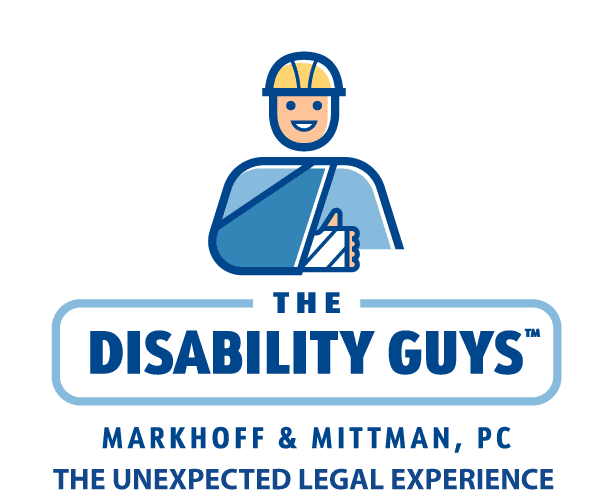The Mount Sinai-Irving J Selikoff Center for Occupational and Environmental Medicine has created an informational fact sheet after Hurricane Sandy devastated parts of the East Coast. The fact sheet offers a closer look at the hazards involved with the cleanup efforts following Superstorm Sandy.
In the aftermath of Sandy, hurricane rescue operations and cleanup efforts can be a physical hazard to your health. There can also be a negative impact on one’s emotional health that can be a great concern. The stress of cleanup efforts can affect both paid workers as well as the volunteers involved in the cleanup and restoration efforts.
According to the fact sheet, physical hazards of cleanup activities may include:
- Electrocution risks (live downed power lines may be hidden by displaced debris and workers may come in contact with the live wires unexpectedly.)
- Injuries from falls
- Potential risk of injuries from fires
- Injuries from power tool and machinery use including chainsaws during debris cleanup and removal
- Inhalation/exposure of toxic chemicals, contaminated water, and tainted debris
- Emotional trauma working in stressful situations
The Mount Sinai Selikoff Centers advise workers and volunteers to seek treatment for physical or emotional injuries as soon as possible to prevent further problems and health concerns. The Center provides confidential treatment and exams for Hurricane Sandy workers and volunteers, even if they are uninsured or unable to pay for services rendered. Counseling services are also available at the Center to provide assistance with coping with the trauma of the disaster. Social workers are also on staff to refer workers and volunteers to services and resources available to those involved in cleanup efforts.
